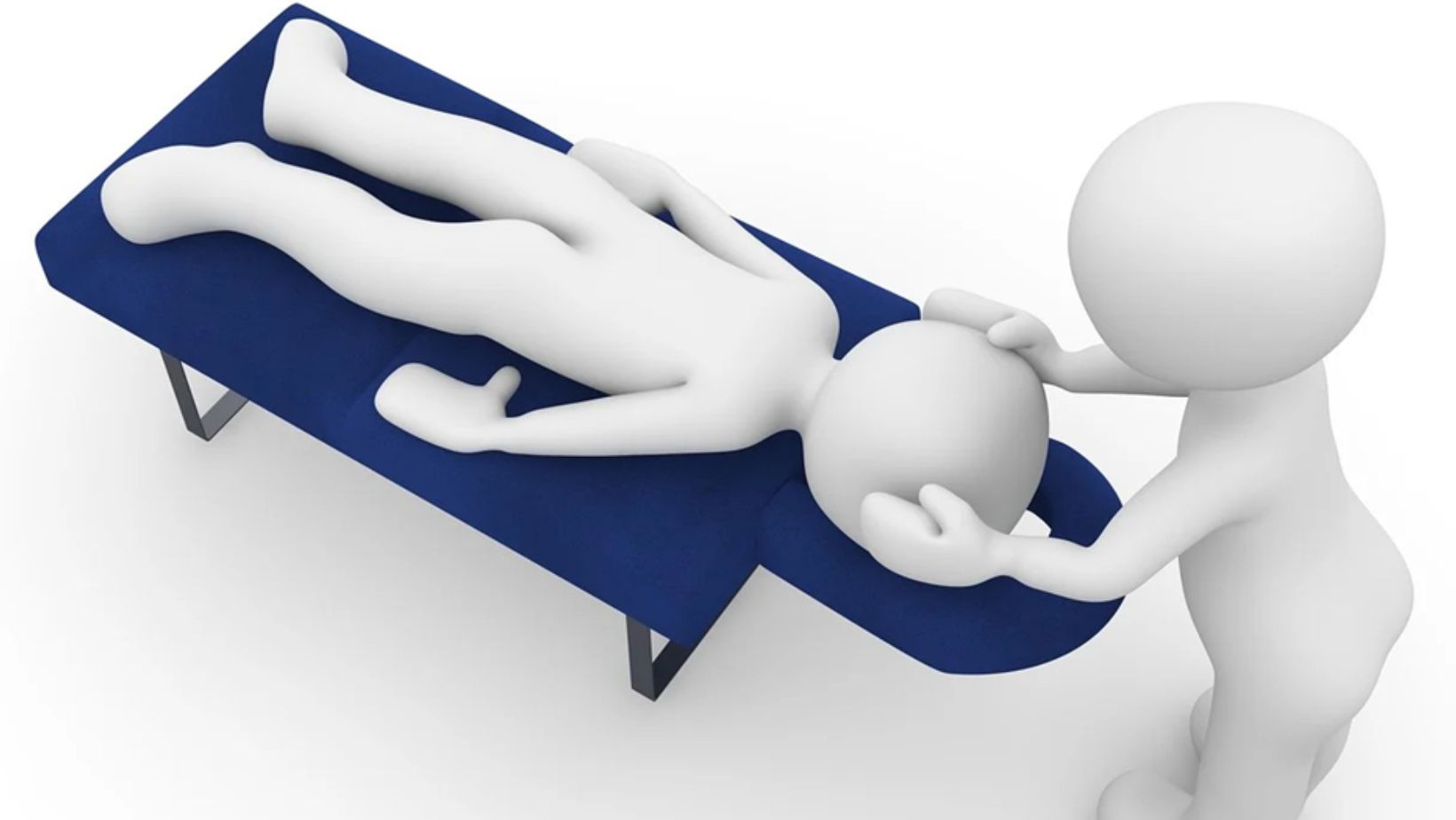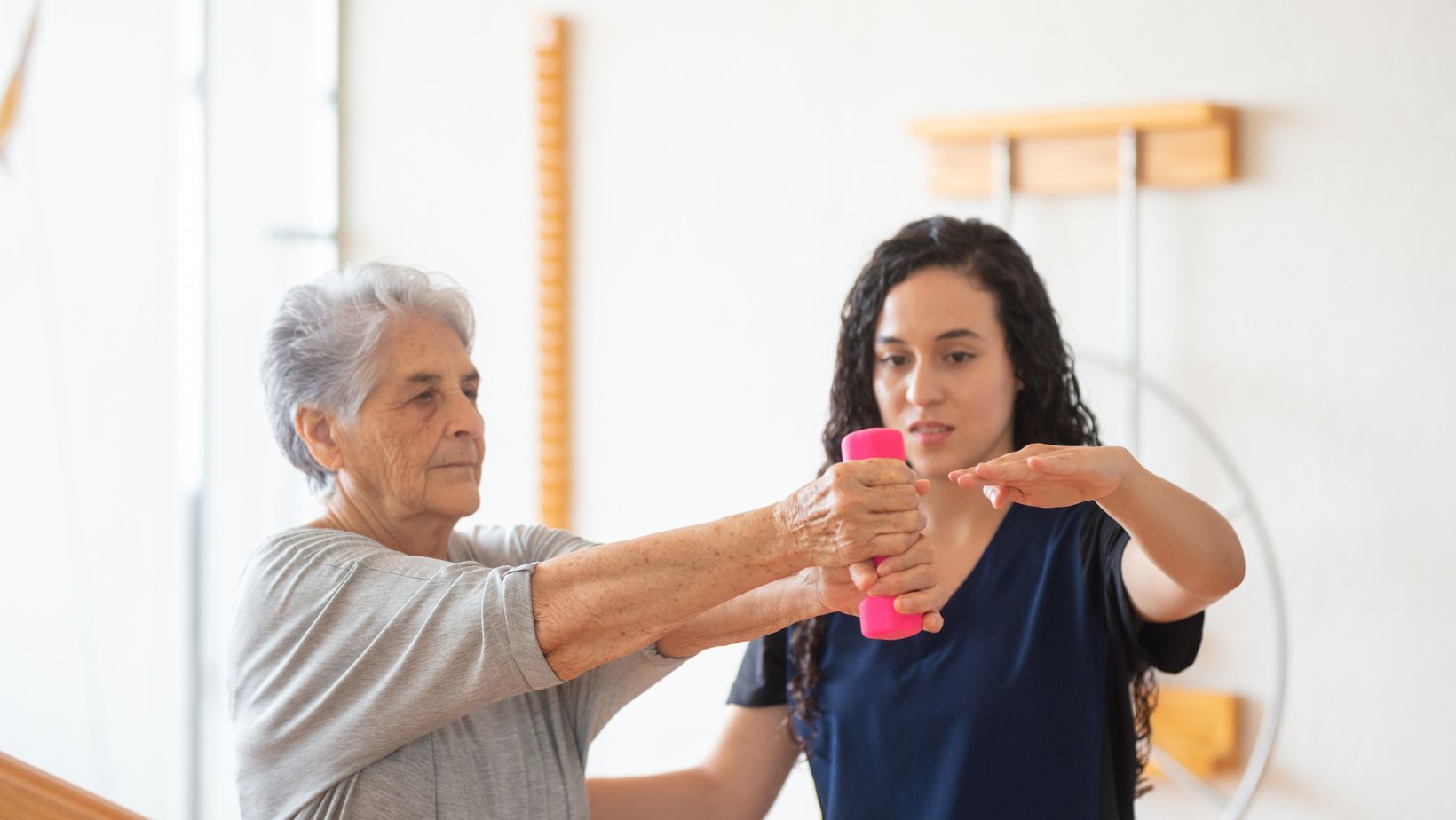
How Occupational Therapy and Kinesiology Work Together for Better Recovery
Occupational therapy and kinesiology work are two key aspects that play a crucial role in rehabilitation and recovery. These are handled by a team of experts who work together to create a treatment routine for patients for both long and short-term care. Some patients require one of these therapies while others require both, if you are referred for the two, you may wonder why. This article will answer your question and even further explain how the combination provides a better recovery than using only one method.
Why Do Some Patients Need a Combination of the Two Therapies?
The two therapies share the same goals; their main purpose is to help patients recover from surgery, injury, or other medical conditions as quickly as possible. However, how each therapy looks is slightly different from the others, and that’s why they are recommended for some patients.
Kinesiology Work vs. Occupational Therapy
Generally, Kinesiologists use evidence-based research to treat and prevent injury and disease and to improve movement and performance. Kinesiologists like those in Symmetry Injury Rehabilitation Center work with people of all ages and physical abilities in many settings to help them achieve their health and wellness goals and improve their quality of life.
In contrast, occupational therapy is all about getting patients to perform daily tasks like self-care, social interaction, working and living independently. They focus on fine motor skills using the smaller hand muscles, feet, mouth and face on cognitive abilities.
Situations that usually require the need for kinesiology work and occupational therapy is when the patient needs to recover their quality of life and full motor function. For example, a patient who suffers from stroke might need kinesiology to learn how to stand, walk and climb stairs. At the same time, they will need occupational therapy to learn how to take care of themselves, such as feeding and other daily activities.
Click here to learn more about kinesiology.
What Do Physical and Occupational Therapy Have in Common?
Although these two therapies are different, they still have certain things in common, particularly the two treatment methods share:
Similar Treatment Goals
People might argue that kinesiology work and occupational therapy have different goals. For example, some schools of therapy suggest that kinesiology health patients recover from impairment or limitations while occupational therapy rectifies people’s lives and manages limitations.

We believe that even though the focus might be slightly different, these two therapies are essentially working together towards the same goal, which includes the health of patients, recovering their physical motor skills, functions and strength, improving their quality of life, encouraging independence as much as possible, support their lives and families, and provide them with the knowledge and confidence they need to recover as quickly as possible.
Shared Treatment Methods
Although the two therapies use different treatment methods, there are some protocols applied to both the two, including manual therapy techniques like massage or hot and cold therapy, therapeutic stretching, progressive strengthening exercises, and adaptive equipment used in training.
Approach to Treatment
In terms of patient care these two therapies also share the same attitude and approach. For instance, kinesiology work and occupational therapy are comprehensive and customized treatment plans that are uniquely tailored to every patient. The two are highly specialized rehabilitation that require extensive professional training and certification.
The two are to improve the patient’s physical ability and not simply address symptoms. They focus on building a strong support network for every patient by walking together with family members and other caregivers. The two treatments work closely to monitor patient progress throughout the journey and adapt the treatment to suit each patient’s needs and abilities.
How do Physical and Occupational Therapists Work Together?
During the treatment or program, a physical and occupational therapist work together to help the patients identify their objectives and use a science-based approach to achieve those objectives. For example, if the main goal of the patient is to learn how to walk again after a stroke, the physical therapies will work on the patient’s strength, balance, endurance and gait.
The occupational therapist, on the other hand, will help the patient by focusing on exercises that will help them recover their daily life activities including getting items from the cabinet, lying down or standing up. The other therapist will take over by helping them learn how to walk again, the main work of the occupational therapist is focusing on the practical applications of the ability to walk.

Visit here: https://www.medicalnewstoday.com/articles/exercise-for-stroke-patients to gain more insight into exercise for people who have experienced a stroke
In most cases, the two therapies use assistive devices and modifications. For example, if the patient is struggling with balance and coordination, the physical therapists will help them learn how to walk and do their activities while occupational therapies will provide them with gross motor support like providing equipment that will help them with fine motor skills like teaching them how to reach out to things and pick them up from the floor without falling. They will also help them adapt to these new changes and continue their regular life without hindrance.
Conclusion
Most of the time, combining these two therapies provides fast and quick results depending on the severity of the injury. Occupational therapy focuses on helping people overcome physical, emotional and social challenges. Kinesiology work uses muscle monitoring (biofeedback) to look at imbalances that may be causing disease in the body. Kinesiology aims to detect and correct imbalances that may relate to stress, nutrition or minor injuries.





